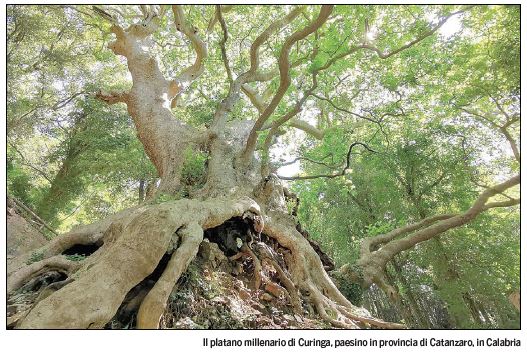Italians resident abroad
Fifth chapter of the publication, in ten chapters both in Italian and English, of the academic presentation that our periodic collaborator Goffredo Palmerini held in L’Aquila on November 3rd, on the occasion of the CRAM Assembly (Regional Council of Abruzzesi in the World). The report is entitled “Historical notes on Italian emigration” and traces the history of the Italian Diaspora.
L’AQUILA – (continued… part five) Since the unification of 1861, Italy has seen an expatriation of almost 29 million people, according to the data referenced by the Encyclopedic Dictionary of Italian Migrations in the World (the first of its kind, created by 168 authors, including me [the author of this article]). In the period 1876-2005, the top three sources for these migrants were: Veneto (3,212,919), Campania (2,902,427), Sicily (2,883,552). As an aside, Abruzzo, placed seventh with 1,254,223 expatriates.
For more contemporary reference, always according to Italians in the World Report (2021) by the Migrantes Foundation, there are currently 5,652,080 Italians among the Diaspora who have retained their citizenship and registered with AIRE, the registry of residents abroad. They comprise 10.5% of the over 59.2 million Italians residing in Italy.
Worthy of note is that, while Italy has lost almost 384 thousand residents from its territory to emigration in the last year (ISTAT data), AIRE has gained 166 thousand abroad [note: that suggests 43.2% of emigres want to retain their Italian passport; Francesco Veronesi provided updated data in Corriere Canadese’s November 9, 2023, edition).
As of 2021, Sicily, with over 798 thousand registrations, is the region with the largest community of residents abroad. Followed, at a distance, by Lombardy (over 561 thousand), Campania (almost 531 thousand), Lazio (almost 489 thousand), Veneto (over 479 thousand) and Calabria (over 430 thousand).
The three large congregations of Italian citizens registered with AIRE are in numerical order, Argentina (884,187, 15.6% of the total); Germany (801,082, 14.2%); Switzerland (639,508, 11.3%). Followed, at a distance, by communities residing in Brazil (just over 500 thousand, 8.9%); France (about 444 thousand, 7.9%); the United Kingdom (over 412 thousand, 7.3%) and the United States (almost 290 thousand, 5.1%).
The official statistics of residents abroad, however, refer only to the numbers of AIRE members, for the various countries and authenticated from year to year, as mentioned, from the registry entries of the Municipalities of origin. However, the population attributable to the descendants of the various generations of Italian emigration is quite different. Although these may not retain or, for a series of reasons, may not have reacquired their citizenship, they are Italian “by right of blood” and retain their culture, values and traditions – ethnicity – due to their origins.
In absolute terms, Brazil, Argentina and the United States are, in that order, the countries with the greatest numerical presence of Italians. Those 29 million Italian expatriates, with the subsequent generations (we are in the fourth or fifth) have produced descendants from the father or mother, so that the number of Italians in the world has become 80 million, according to the most reliable demographic estimates.
We therefore have another Italy in the world, one much larger than the one within the Peninsular borders 33% greater. These people have strong links to their roots; they love Italy for its beauty, its culture, its traditions and its immense artistic heritage. They tend to refer to it their “Homeland”.
With this other Italy of 80 million compatriots, we Italians within our natural borders have an important duty, including a moral one, towards them: to know them better; to familiarize ourselves with and retell their stories – most especially in the recognition of their inestimable value.
(continues…)
Translation in English by the Hon. Joe Volpe, Publisher
The pic above is “Gruppo adolescenti addetti alla vendita di giornali per strada” from the book “La Merica. Emigrazione dei Monteleonesi verso gli Stati Uniti dal 1882 al 1924” by Antonio De Vitto




